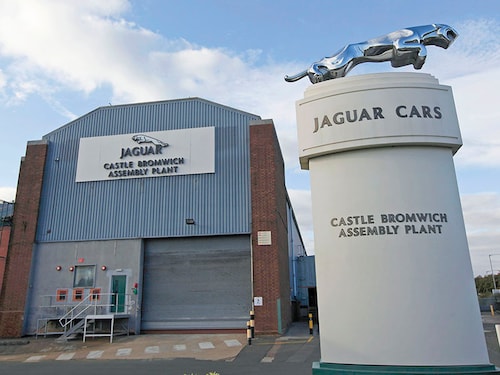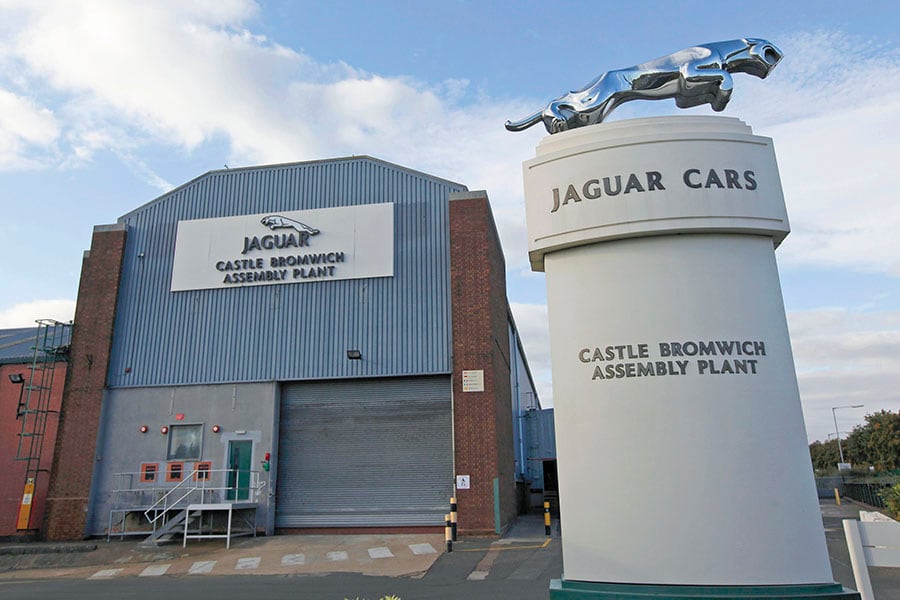Tata Motors' currency bets misfire
Forex losses, that weighed heavily on Q3 profits, may continue into the next few quarters as well


 Image: Eddie Keogh / Reuters
Image: Eddie Keogh / Reuters
Investors in Tata Motors, India’s largest commercial vehicle maker, were in for disappointment when the company announced its results for the third quarter of FY2017.
The business had been hit by a variety of headwinds, from the slowing down of truck sales in India to lower-than-expected Ebitda margins at its luxury car division Jaguar Land Rover (JLR). But the abysmal 96 percent fall in net profit—to Rs 111 crore in the quarter ended December 31, 2016 from Rs 2,952 crore a year earlier—was equally the result of a sharp rise in foreign exchange losses, which the company incurred due to a swift decline in the value of the pound after the British referendum to leave the European Union (Brexit) in June last year. Worse, the losses are expected to continue for the next few quarters.In a conference call with analysts, Tata Motors Chief Financial Officer C Ramakrishnan maintained that hedging its currency receivables was the right strategy as theirs is a “business for which a substantial amount of production and costs are in pounds sterling and almost 80 percent of the revenue is in other currencies”.
In the three months following the Brexit vote, the British currency fell from $1.45 to a pound to $1.25. In the last quarter, JLR lost £400 million (about Rs 3,300 crore) in incremental foreign exchange losses, according to Kenneth Gregor, chief financial officer at JLR.
Tata Motors says it maintains a large hedge book and that the hedges run into the next 4-5 years. For now, it is hard to estimate how long the negative impact of the hedges will remain. According to Gregor, “I would, over the next four quarters, expect them to run at a similar level and then start to reduce thereafter,” he said.
Unless there is a dramatic recovery in the value of the pound over the next quarter, one can expect a similar level of foreign exchange loss at Tata Motors. The company has hedged 80 percent of its foreign exchange in the next quarter.
On February 15, the day the results were announced, Tata Motors’ stock fell 10.2 percent to Rs 448 on BSE. Clearly, the market has adopted a wait-and-watch attitude and is unlikely to re-rate the stock till the full extent of the foreign exchange losses are known.
Analysts who track Tata Motors say they are disappointed the company had not provided any advance guidance on their hedged foreign exchange positions. “No one is upset about what happened. It is just that timely disclosures would have helped,” said an analyst.
First Published: Mar 06, 2017, 06:08
Subscribe Now